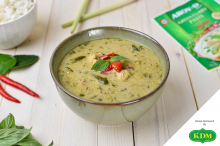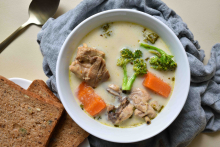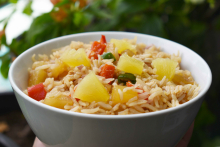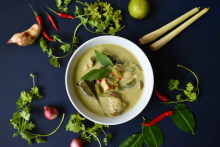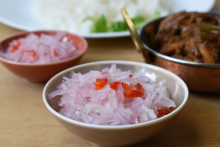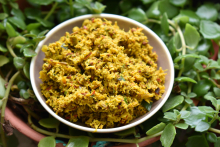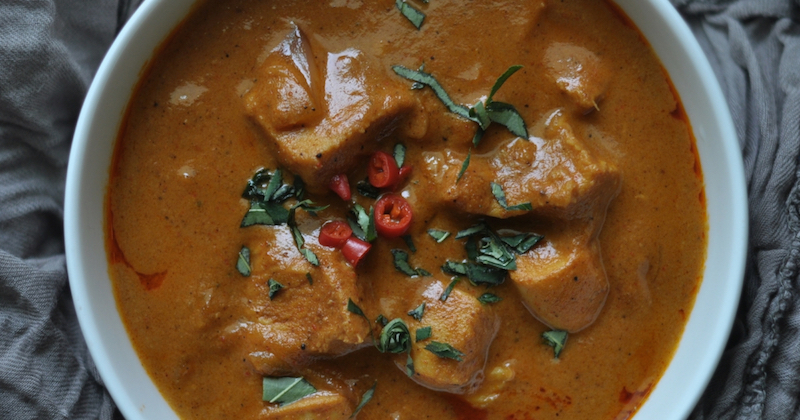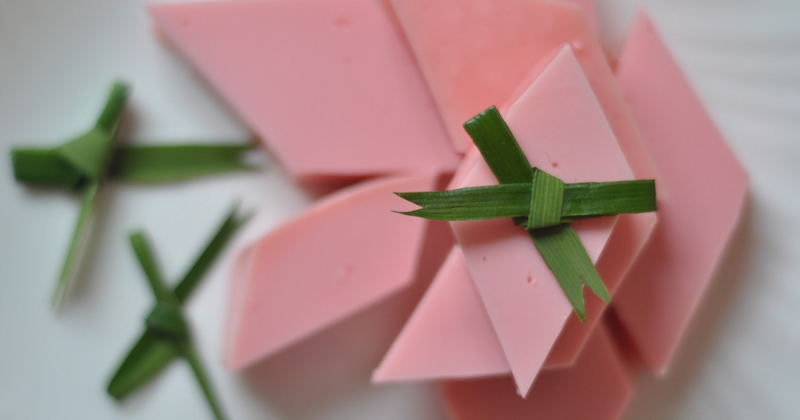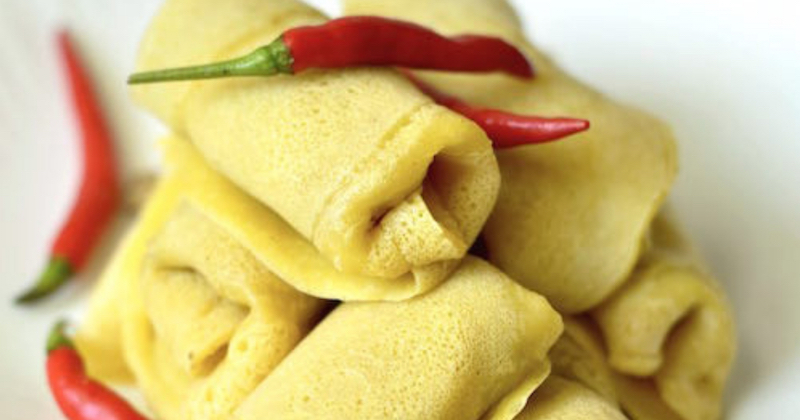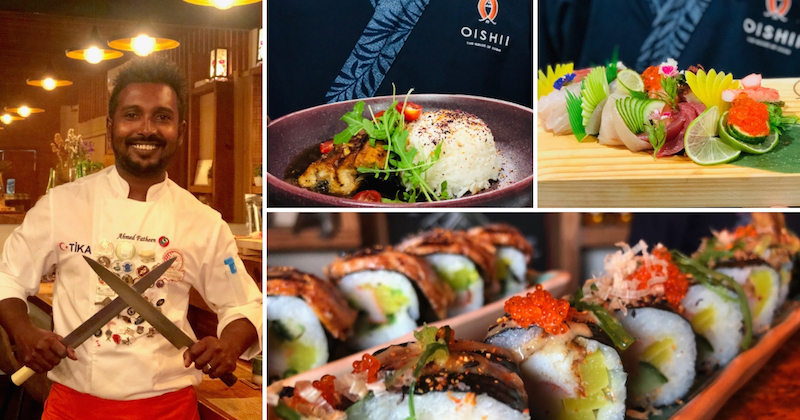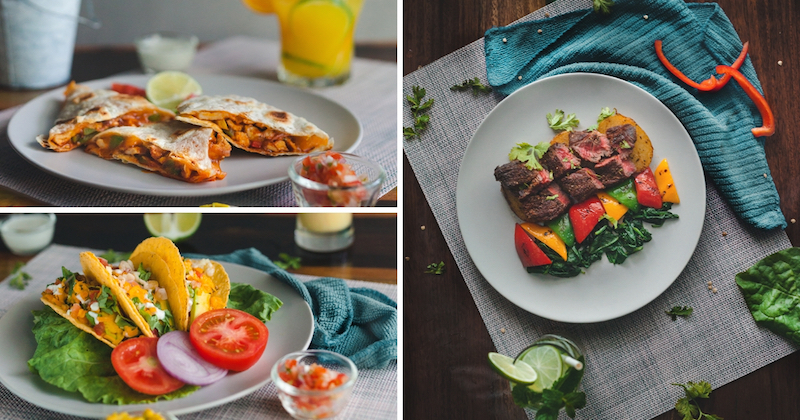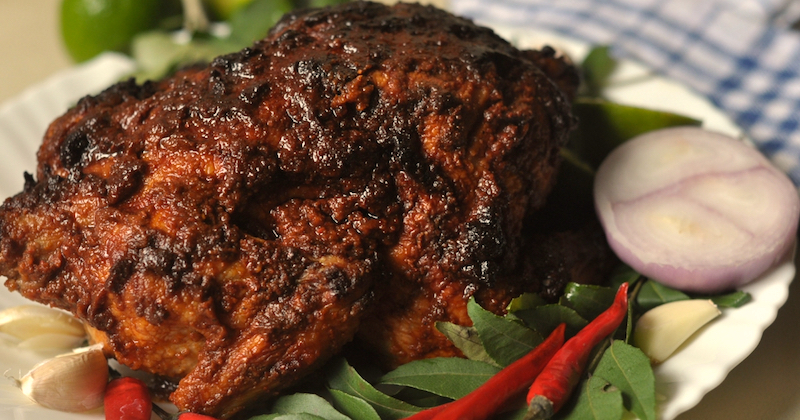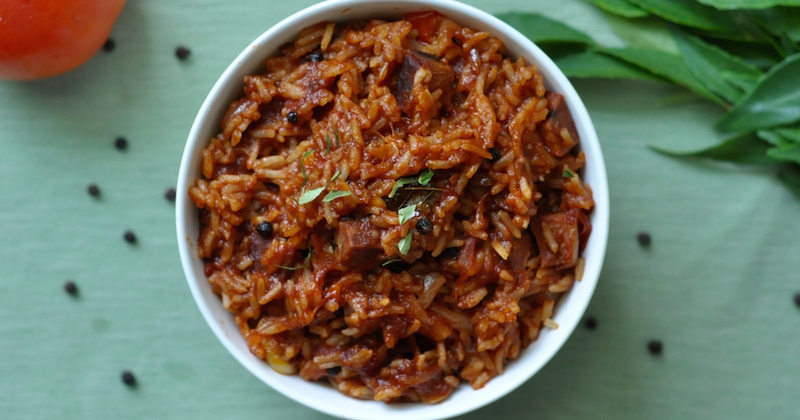Fun Facts About Mangoes

They are fun to eat when you mix it up with chilli, rihaakuru, and young papayas to make Majaa, they spice up a dull meal so easily when you preserve them as Asaara, and the ripe ones can be used to make such a delicious curry. Not to mention, the ripe golden yellow ones are an instant sweet craving fix.
Since it’s still mango season here in the Maldives, we thought we’d take a deeper look at the beautiful, delicious and multipurpose fruit that we often associate with good times and loads of fun.
Where they come from
Mangoes are native to South Asia. It’s believed that mangoes were cultivated in India as far back as 4000 years ago!
A relative of cashews and pistachios
Mangoes belong to the cashew family Anacardiaceae. Therefore, the extended family members of the mango include cashews and even pistachios. Perhaps the shape has some resemblance.
A seasoned traveler
While the mango is native to South Asia, early travellers took the fruit to locations in South East Asia, the Middle East, Africa and South America. Now, mangoes are grown in most of the world’s frost-free tropical and subtropical regions.
Why do we call them mangoes?
The region of India where mangoes were first said to be cultivated was a Sanskrit-speaking region and the most ancient known name for the fruit is “Aamra-Phalam.” The Hindi speaking Indians began referring to it as “Aam-Phal,” the Tamil speaking Indians began calling it “Maamkaay,” and the Malayalam speaking Indians began calling it “Maangaa.” This coupled with the presence of the Portuguese and the British in the region later on resulted in the whole world referring to the fruit as “Mango.”
Indian Paisley Designs
Where do those paisley patterns on Indian garments come from? Mangoes of course! When it comes to mangoes, India is viewed as the world’s capital as the country is the world’s largest mango producer. Mango holds a special place in Indian culture and it’s no surprise that the paisley pattern in based on the shape of the mango.
Age does not matter
Mango trees live a long, long life. It’s believed that they reach their peak age at 300 years. But the more intriguing fact is that no matter how old a mango tree is, it would always bear fruit.
The colours of the rainbow
There are over 500 varieties of mangoes. Although the mango trees that we have here in the Maldives bear a fruit that takes on a bright yellowish-orangish colour when ripe, ripe mangoes come in many other colours including red, green, orange and even purple.
While on the topic of mangoes, we've got a great mango curry and a yummy mango fudge recipe here on Lonumedhu, so do check them out.
You might also be interested in:
More Recipes
About Lonumedhu
Lonumedhu is about eating great food right here in the Maldives.
Our easy to follow recipes use locally available ingredients.
In our blog you will find food news, interviews with chefs and cooks, useful information about eating out and other foodie reads.
Contacts
© Lonumedhu.com 2017-2021. All rights reserved. No part of this website may be reproduced without the written permission of the publisher.
Advertisers
Lonumedhu.com has partnered with Qualia Pvt Ltd, a publishing & marketing agency, for its desktop and mobile advertising.
Advertising enquiries should be directed to (960) 987 4396 or marketing.sales@lonumedhu.com.

